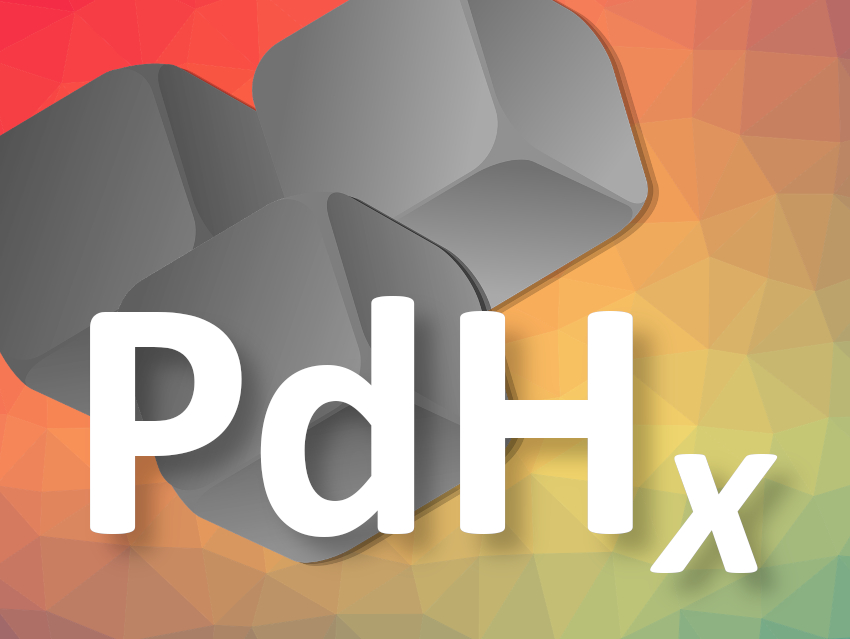Palladium is a useful catalyst for different reactions. It can, for example, promote formic acid oxidation (FAO), which is important in formic acid fuel cells. Improving the catalytic activity without increasing the loading of expensive Pd is an interesting research target. Using Pd nanocrystals can be helpful in this context, as could switching from pure palladium to palladium hydrides (PdHx).
Manos Mavrikakis, University of Wisconsin−Madison, USA, Younan Xia, Georgia Institute of Technology and Emory University, Atlanta, USA, and colleagues have developed a method for the transformation of palladium nanocubes from Pd to PdH0.706 by heating them in a dilute aqueous solution of hydrazine (N2H4). The team first synthesized Pd nanocubes from Na2PdCl4, loaded them onto carbon black, and then treated them with aqueous N2H4. The degree of hydride formation can be controlled by changing the concentration of N2H4.
The team used FAO as a model reaction to study the influence of the hydride content on the catalytic activity. They found that the catalytic activity strongly depends on the elemental composition. Nanocubes made of PdH0.706 showed the highest performance, while lower H incorporation led to decreased activity. According to the researchers, the developed strategy could potentially be used to fine-tune the activity and selectivity of Pd-based catalysts towards other reactions.
- Solution-Phase Synthesis of PdH0.706 Nanocubes with Enhanced Stability and Activity toward Formic Acid Oxidation,
Yifeng Shi, Roberto Schimmenti, Shangqian Zhu, Kartik Venkatraman, Ruhui Chen, Miaofang Chi, Minhua Shao, Manos Mavrikakis, Younan Xia,
J. Am. Chem. Soc. 2022.
https://doi.org/10.1021/jacs.1c10199




